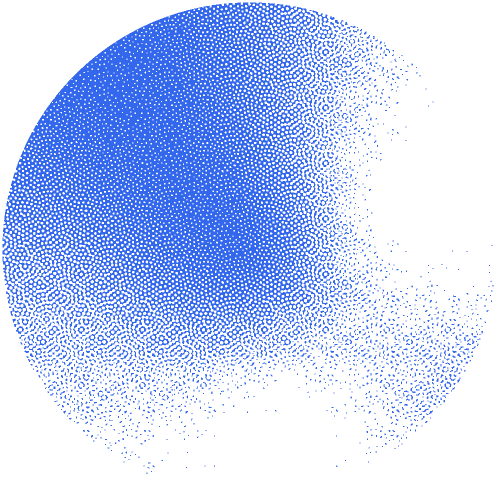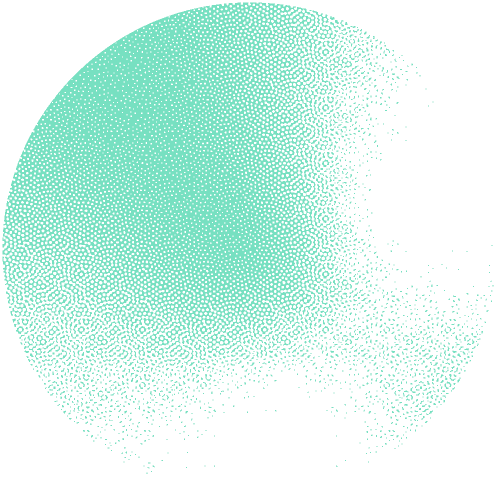Increasingly shaping our modern world, artificial intelligence, machine learning and deep learning are also revolutionizing innovations in the life sciences. Our teams and members are using these technologies in a variety of domains - such as text mining, structural modelling or biocuration - to provide researchers and clinicians with efficient and impactful solutions. Discover some applications that we enabled, including cancer diagnosis, identification of new therapeutic indications for a molecule, biodiversity protection, or advancing our open databases and software tools.
Some key terms explained
- Artificial intelligence mimics the intelligence or behavioural patterns of humans or any other living entity.
- Machine learning is a technique through which a computer can “learn” from data, without using a complex set of different rules. This approach is mainly based on training a model from datasets.
- Deep learning builds on multiple layers of artificial neural networks, inspired by our brain’s own network of neurons.
Definitions from Wikipedia, modified by SIB's Carlos Peña-Reyes.
Focus on biomedical applications
Clinicians and biomedical scientists increasingly see the value of machine learning (ML) applications in their daily work. In precision medicine in particular, ML is becoming essential, in prevention, diagnosis and treatment. It makes it possible, for instance, to integrate a large variety of data types (e.g. images from CT scans and text from clinical reports) used to characterize each patient, as well as to identify hidden patterns in the resulting high-dimensional dataset. These can be used as biomarkers that predict susceptibility to a disease or as a diagnostic aid. But ML is also used to explore the functional side of metabolic pathways in the context of drug repurposing.
Focus on biodiversity conservation applications
AI and ML techniques unravel the complexity of biodiversity's intricacies, advancing our understanding of ecosystems and global preservation efforts. Their ability to synthesize diverse ecological data such as satellite imagery, databases or climate records allows for the detection of patterns within ecosystems. This is key to optimize conservation strategies, for example. Read about the use of reinforcement learning, a type of AI solution, at use in this context to determine which species and areas to protect as a priority.








